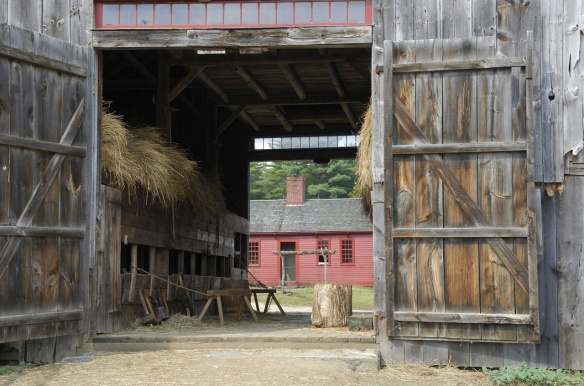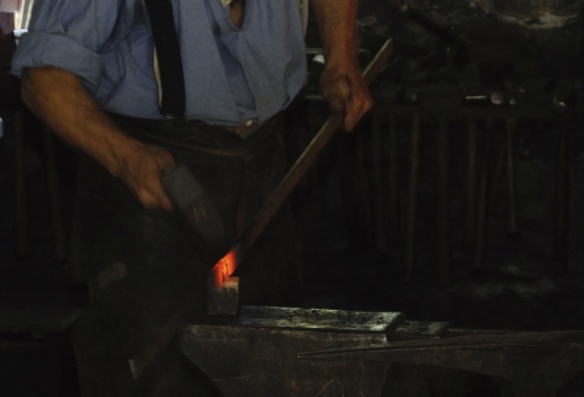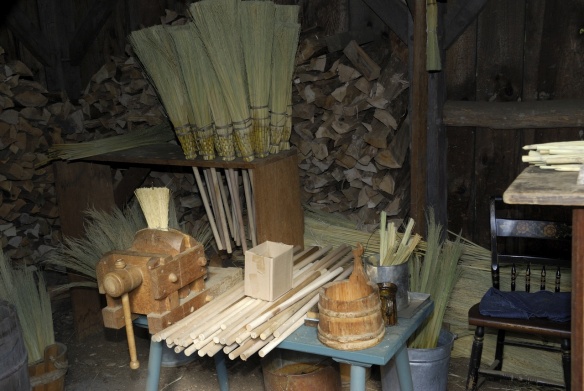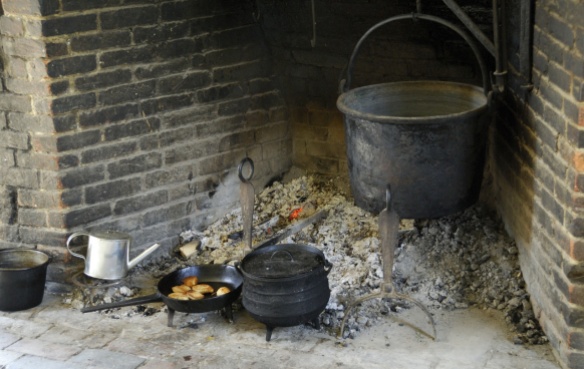September 22 is International Organic Food Day. The date was selected to occur near World Peace Day and the fall equinox. In honor of the date I am reprinting a post I wrote as I meditated on what it means to seek out fruits and vegetables that have not been sprayed or treated with pesticides. – Jadi
I just made a salad for lunch that had a cornucopia. “Ooh! ‘Ow lovely!” you exclaim. I thought so too at first. Cornucopia conjures up autumn bounty.
The word makes me think of a table covered in baskets full of vegetables, bowls of late summer berries and fruits, and vases of showy fall blooms. Oxford Dictionaries define it thus: “A symbol of plenty consisting of a goat’s horn overflowing with flowers, fruit, and corn.”
Merriam-Webster goes Oxford one better, “a curved, hollow goat’s horn or similarly shaped receptacle (such as a horn-shaped basket) that is overflowing especially with fruit and vegetables (such as gourds, ears of corn, apples, and grapes) and that is used as a decorative motif emblematic of abundance — called also horn of plenty”. Vocabulary.com puts it in more simply. “A grocery store with a large selection of fruits and vegetables could be said to have a cornucopia of produce. A cornucopia is a lot of good stuff.”
A cornucopia salad must be tasty, right? Keep reading….
I often buy produce at a family store with greenhouses a few blocks away. She sells a large variety of lettuces and a sign claims they’re all ‘eigene ungespritzt’ or grown in-house without using sprays or pesticides.
I know from experience her salad greens need washing, and when I got home I set the lettuce in a bowl of water to soak. A few minutes later I returned to the kitchen to drain the water. I discovered a cornucopia floating on top of the bowl.
Three drowning slugs.
The sight got me curious about slugs and their particular animal family. Had I included them in my The Animal Kingdom blog thread already? In the course of research I discovered that in the Animal Kingdom a cornucopia is the British term for a family of slugs or snails. [1] I also read that most fresh water slugs and snails are hermaphroditic. Further, “[s]ome species regularly self-fertilise. Uniparental reproduction may also occur by apomixis, an asexual process.” [2]
I’m just glad I’d already eaten.
I’ll skip a photograph this time. But I can assure you: the salad was delicious.
“Ooh! ‘Ow lovely!”
Happy International Organic Food Day, everyone!
NOTES: © Jadi Campbell 2017. Previously published as The Animal Kingdom: A Cornucopia. [1] In the US, it’s named a rout of slugs. [2] Apomixis is explained at Mating of gastropods. PS: Posting this made me miss all those gorgeous meals we ate in South Africa!
Click here for my author page to learn more about me and purchase my books.



















 NOTES: Text and photo © Jadi Campbell 2019. To see Uwe’s pics from our trips go to
NOTES: Text and photo © Jadi Campbell 2019. To see Uwe’s pics from our trips go to 
